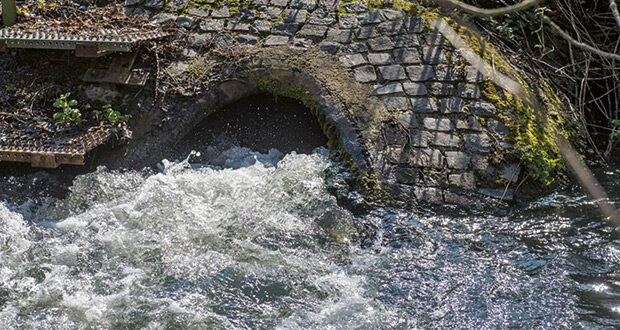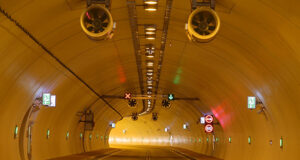Around nine years after the Saar mine stopped operating, RAG Aktiengesellschaft, Essen/Germany, can now finally withdraw from the mine workings. Two recent decisions by the Saarland mining authorities, namely the approval of the colliery closure plan by the local mining authority and the issuing of the permit under water laws by the Upper Mining Authority, paved the way for this step. The latter allows RAG to raise 19.8 M m3 of mine water at the Duhamel site each year and discharge it into the Saar (Figure 1).
“The positive decision, particularly in the official planning procedure, confirms that we have met the extensive requirements,” says Chair of RAG Board of Management Peter Schrimpf, pleased with the progress. “This approval means that we can now fulfil our responsibility towards the Saar region.”
Upon departure from the mines, there will be a small rise in the mine water level in order to connect the previously separate water provinces of Reden and Duhamel – and to enable the mine water to be discharged solely at the Duhamel site. RAG had applied to convert the drainage sites of Reden and Duhamel into bottling plants. “Preparatory work to comply with the numerous and extensive incidental provisions at both sites is already underway,” says Michael Drobniewski, Director of the Water Drainage division (V-WH). He explains that the withdrawal cannot be finalised until these provisions are met.
The Director of the Permit Management division at RAG (V-GM), Werner Grigo is also pleased with the approval. “It is the result of a great deal of work by many employees, as well as our cooperative and transparent communication.” The hearing in 2019 was also evidently a crucial factor: Grigo explains that the discussions with all stakeholders from the world of politics, authorities and society provided a solid basis for decision-making.
Integral monitoring plays an important role in this context. As part of this process, all parameters recorded in connection with the rise and discharge of mine water are transparently communicated and any actions discussed with those involved. “We are not simply leaving the rise in mine water levels to chance,” says Grigo. “The integral monitoring, a system of observation and analysis, will enable us to achieve a good result for everyone involved within the framework of a cooperative process.”
The rise in mine water levels is expected to take around three years once the pumps are shut off. The water will then be discharged back into the Saar river. This will permanently and completely relieve tributaries like the Sinnerbach and Blies of mine water. (RAG/Si.)


